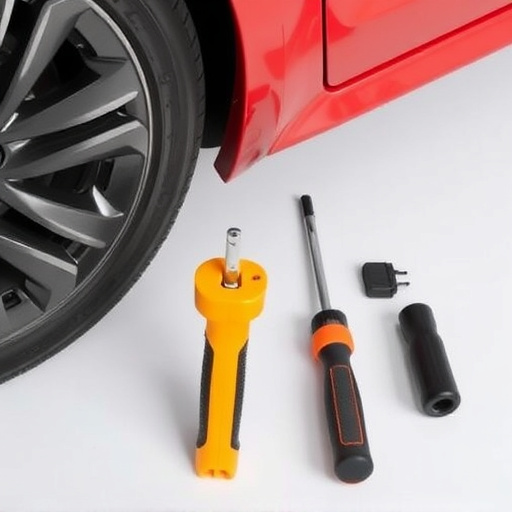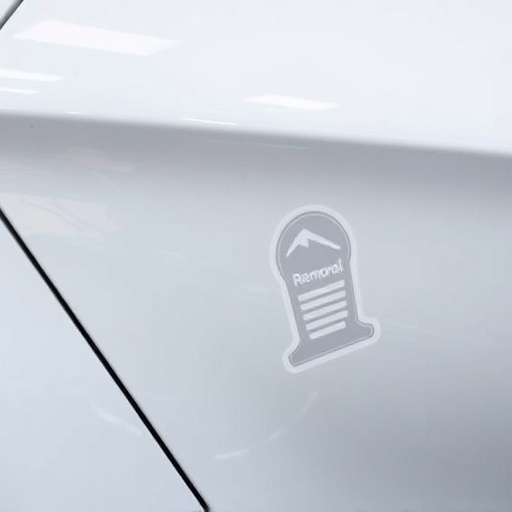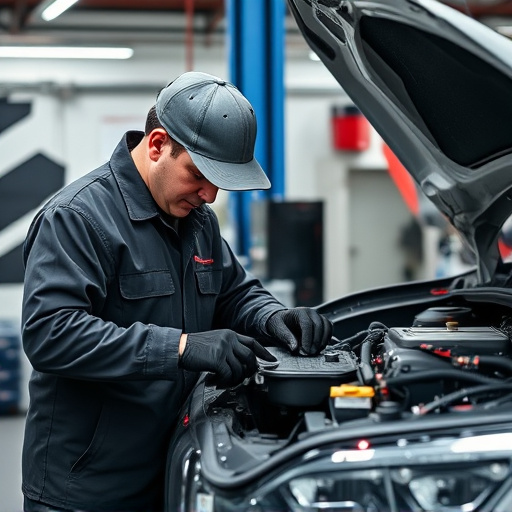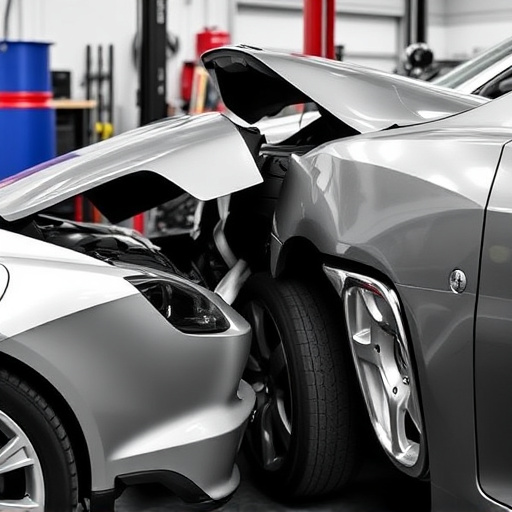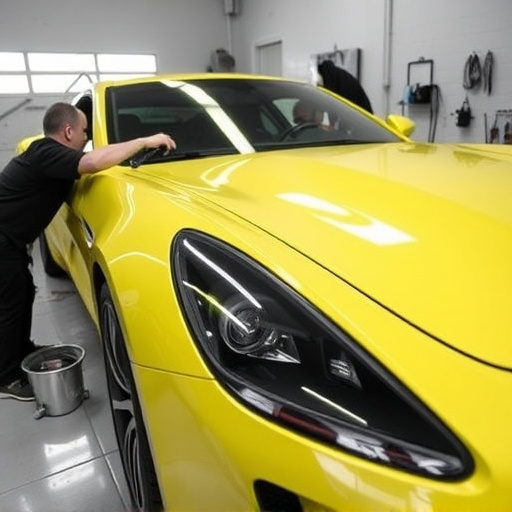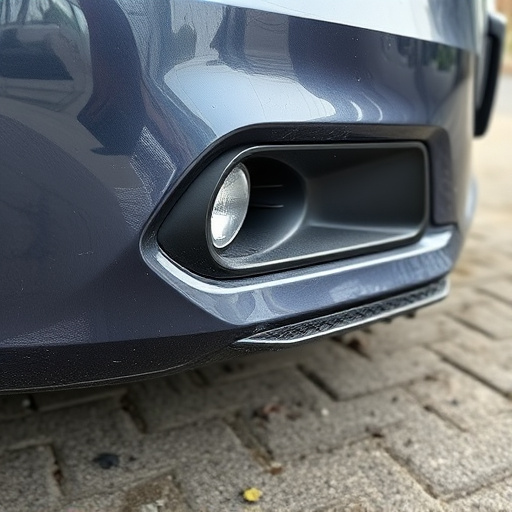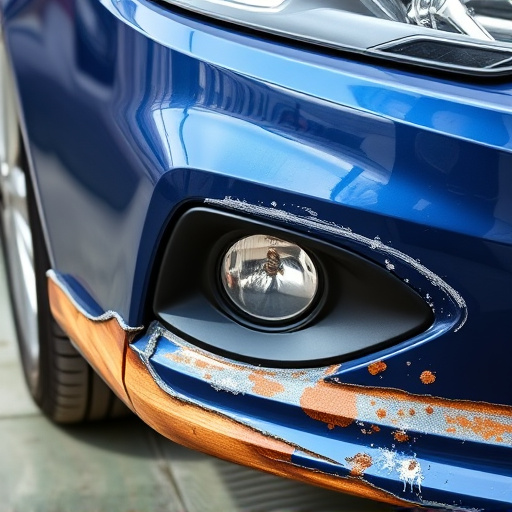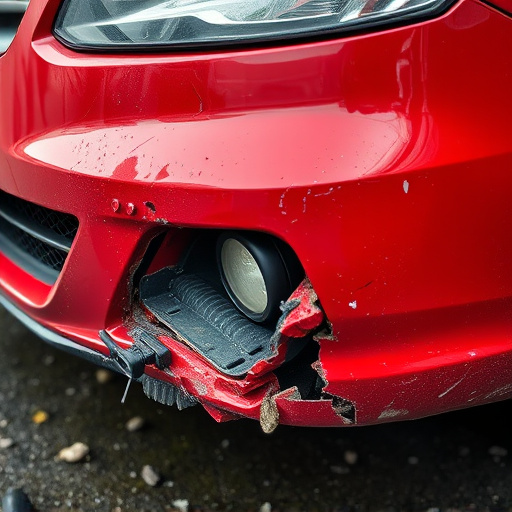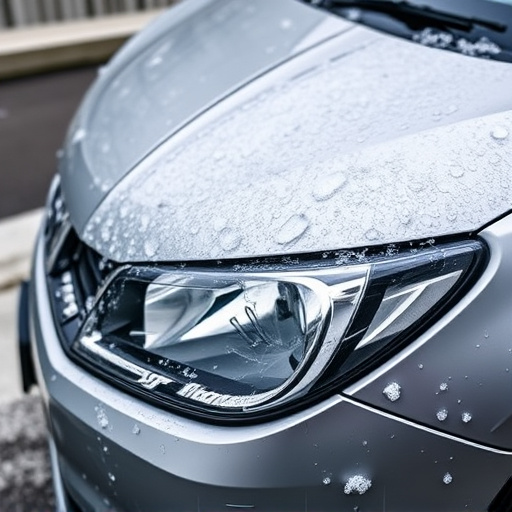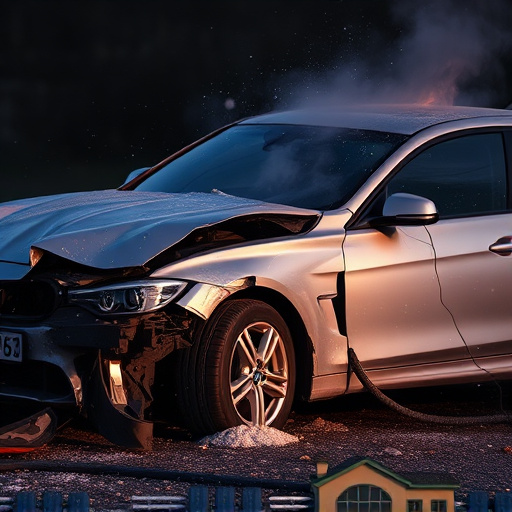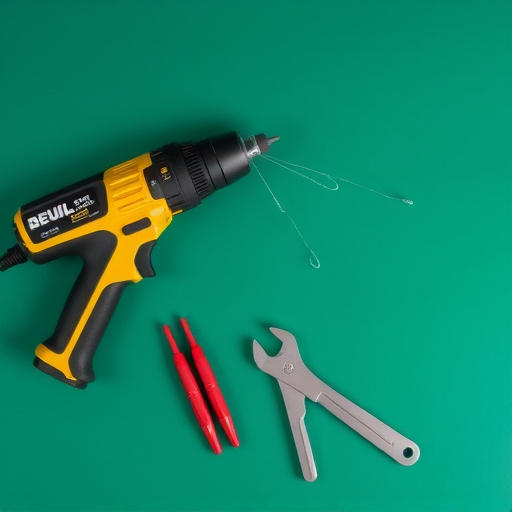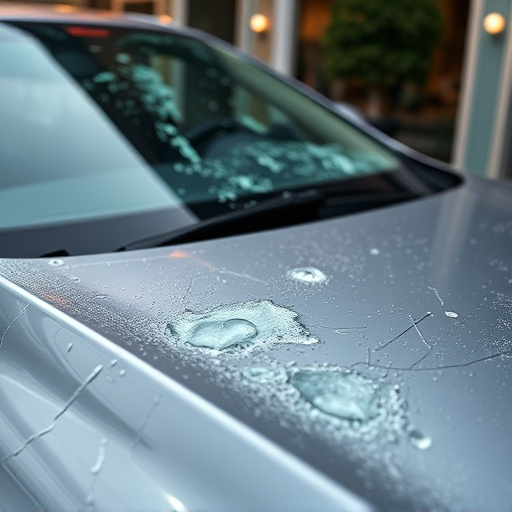After a collision, thorough damage assessment is key to effective repairs. Detailing goes beyond aesthetics, addressing structural integrity and safety standards for luxury vehicles like Mercedes Benz. This meticulous process includes cleaning, polishing, and scratch repair, enhancing visual appeal and prolonging protection. For minor to moderate damage, detailing can significantly reduce costs compared to complete repainting while preserving value and aesthetic appeal.
After a collision, assessing and addressing damage is crucial. Detailing plays a significant role in restoring not just the structural integrity but also the aesthetic appeal of your vehicle. This article delves into the intricacies of detailing after a collision, exploring how it can impact repair costs effectively. We’ll discuss understanding damage extent, the art of restoration through detailing, and comparing its cost implications with traditional repairs. By the end, you’ll grasp why detailing is often a game-changer in post-collision vehicle restoration.
- Understanding the Extent of Damage After a Collision
- The Role of Detailing in Restoring Vehicle Aesthetics
- Cost Implications: Detailing vs. Traditional Repairs
Understanding the Extent of Damage After a Collision
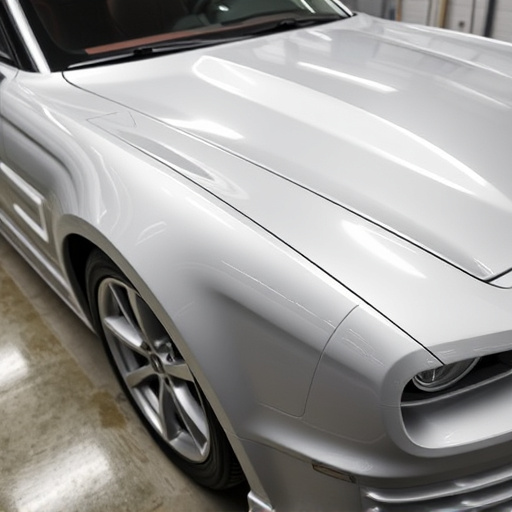
After a collision, assessing the extent of damage is crucial before diving into any repair process. It’s not just about visible cracks or dents; hidden issues like damaged panels, framework shifts, or compromised structural integrity often require professional attention. Thoroughly inspecting every corner of the vehicle, from the exterior to the interior and mechanical components, gives a clear picture of what needs repairing. This initial step sets the stage for accurate budgeting and efficient work allocation.
Detailing after collision goes beyond aesthetics. It involves meticulous auto body repair, including vehicle paint repair where needed, to restore not just the car’s look but also its safety and performance standards. For luxury vehicles like Mercedes Benz, precision in repairs is paramount to maintain their original quality and value. Understanding these intricacies ensures that every detail, from panel alignment to paint texture, is handled expertly, ultimately impacting the overall repair costs.
The Role of Detailing in Restoring Vehicle Aesthetics
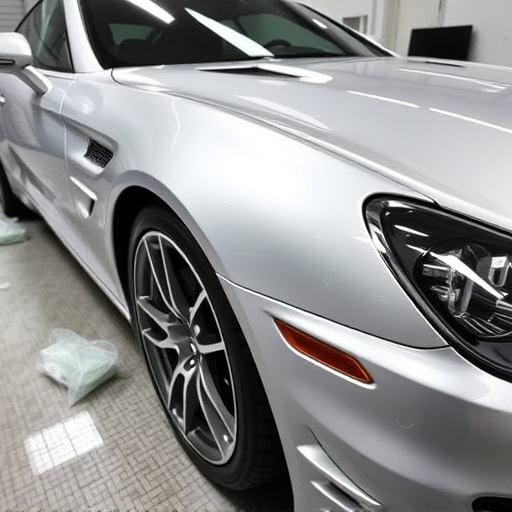
After a collision, restoring a vehicle’s aesthetics isn’t just about making it driveable again; it’s about recapturing its original allure and value. This is where detailing plays a pivotal role. Beyond fixing structural damage, detailing involves meticulous cleaning, polishing, and treatment to remove any remnants of the incident, including car scratch repair, which can significantly impact the vehicle’s appearance.
Professional detailing services in an auto body shop go beyond basic washing and waxing. They employ specialized tools and chemicals to eliminate deep scratches, restore glossy finishes, and revive the overall look of the car. This not only enhances its visual appeal but also prepares it for future protection treatments, ensuring that the vehicle not only looks good as new but remains so for longer periods, reducing the need for frequent auto body repairs.
Cost Implications: Detailing vs. Traditional Repairs
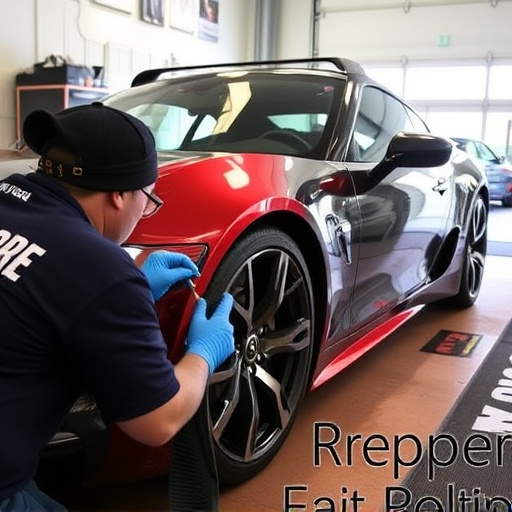
When a vehicle experiences a collision, the decision between detailing and traditional repairs can significantly impact the overall cost of restoration. Detailing after a collision often presents a more affordable option for minor to moderate damage. This process involves repairing and restoring specific areas, such as car dent repair, without needing to replace entire panels or repaint the whole car, which is typically required in standard collision repair procedures.
For instance, in the case of a Mercedes Benz repair, where precision and quality are paramount, detailing can be highly effective for fixing small dents, scratches, and dings, thereby saving substantial costs. Car paint repair techniques used during detailing can restore the vehicle’s original finish, ensuring it retains its value and aesthetic appeal without incurring the expenses associated with complete repainting.
After a collision, proper detailing is crucial for not only restoring a vehicle’s aesthetics but also mitigating repair costs. By thoroughly assessing and addressing damage, detailers can often achieve high-quality results that are more cost-effective than traditional repairs. Investing in detailed collision repair not only enhances the vehicle’s visual appeal but also ensures its structural integrity, providing a winning combination for car owners seeking optimal value and satisfaction.
